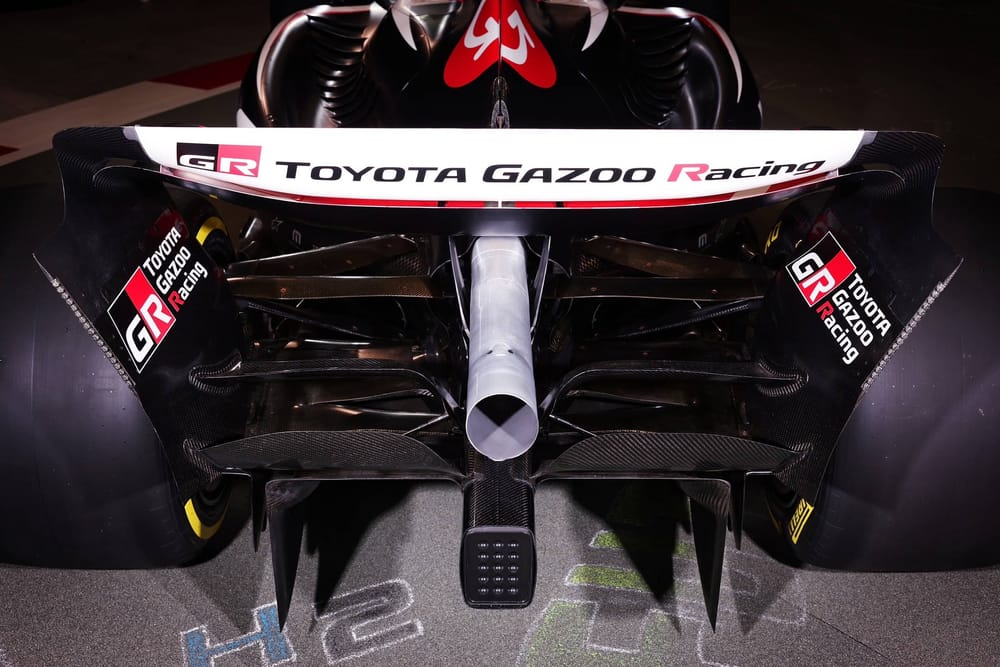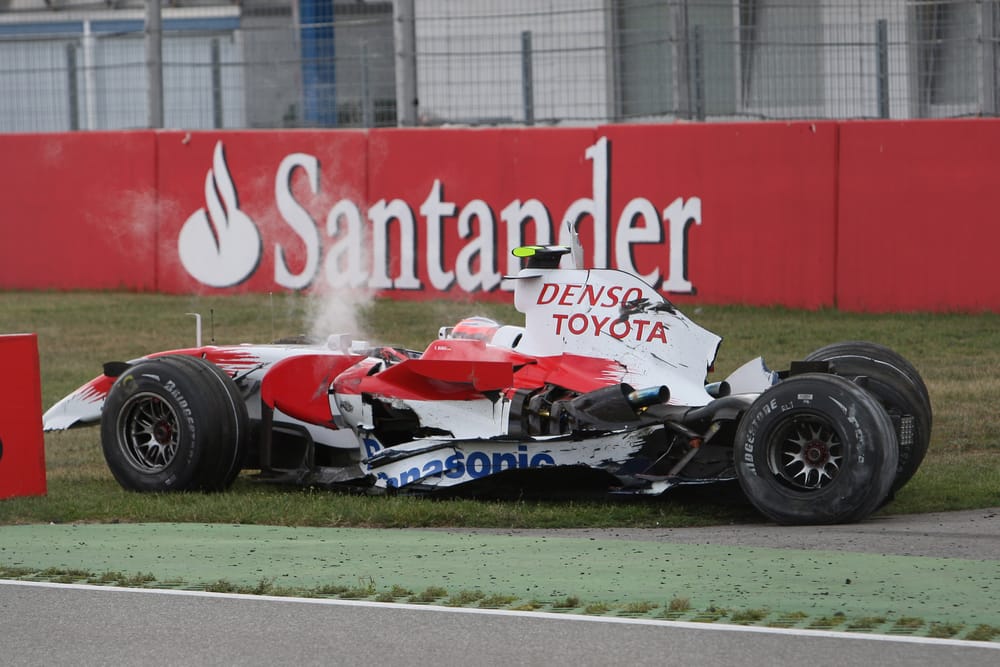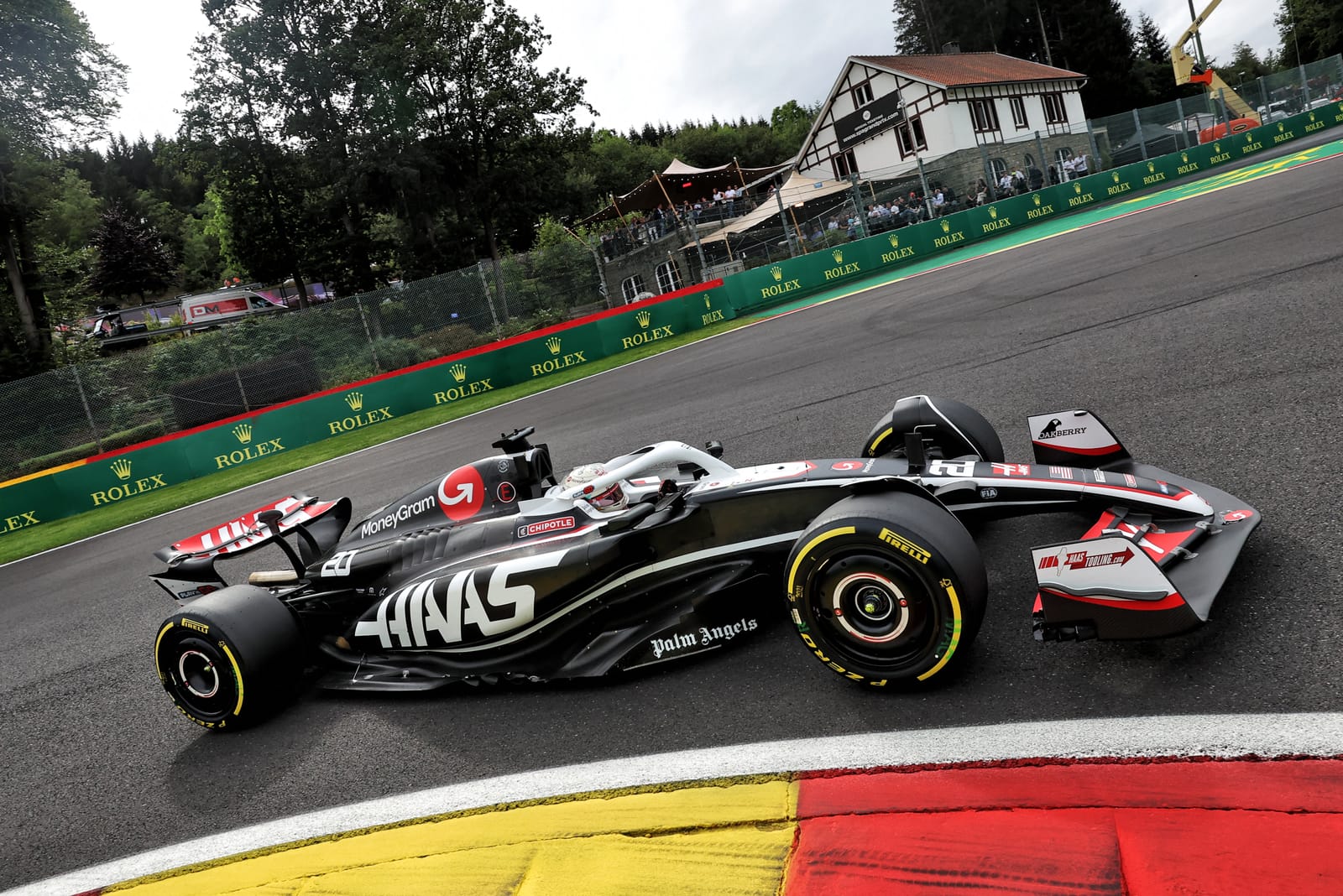Up Next

Toyota has struck a deal for its motorsport competition arm to become the Haas Formula 1 team’s official technical partner.
The deal effectively brings Toyota back to the F1 grid from the next race of 2024, the United States Grand Prix, as branding from Toyota Gazoo Racing (TGR) will adorn the two Haas cars for the remainder of this season and beyond as part of the multi-year deal.
It is the first official Toyota F1 involvement since it shut down its own team 15 years ago. Toyota Gazoo president Tomoya Takahashi even described this as competing alongside Haas in F1 – indicating it is as close to being in F1 again as Toyota can get without having a team or an engine.
“By competing alongside Haas at the pinnacle of motorsports, we aim to cultivate drivers, engineers, and mechanics,” Takahashi said.
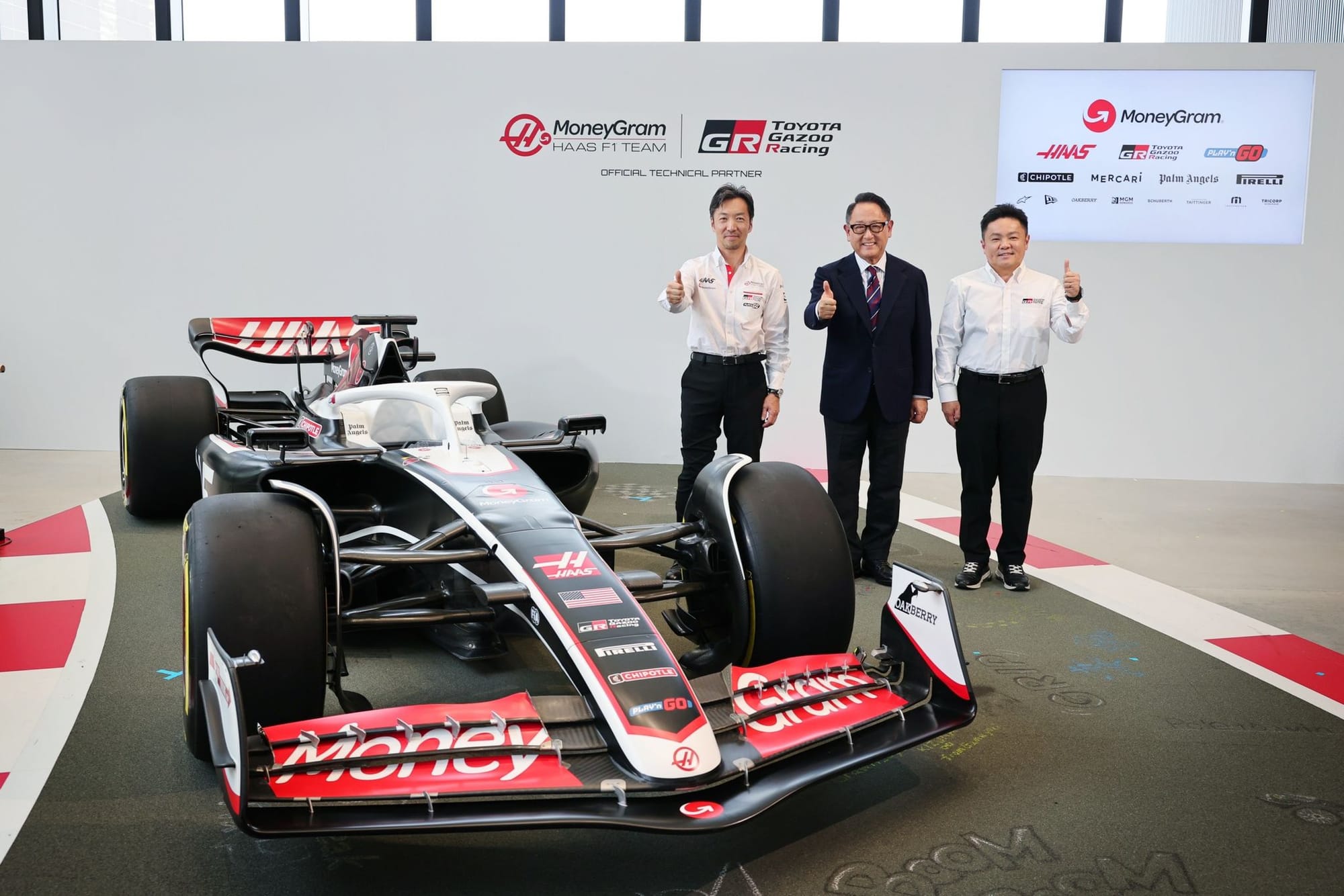
TGR is a fully owned Toyota subsidiary. Its European hub in Cologne, Germany, which now houses the Toyota World Endurance Championship team and was the birthplace of the Toyota World Rally Championship engine, is a high-level technical facility that was the original Toyota F1 headquarters in the 2000s.
Under this arrangement, TGR will provide “design, technical and manufacturing services” and get “technical expertise and commercial benefits” in return from Haas.
It provides a much-needed boost in resources to Haas, which is F1's smallest team, and gives Toyota a place in F1 as well as giving its motorsport division the bulk of a high-level F1 programme again.
Team boss Ayao Komatsu said: “To have a world leader in the automotive sector support and work alongside our organisation, while seeking to develop and accelerate their own technical and engineering expertise – it’s simply a partnership with obvious benefits on both sides.
“The ability to tap into the resources and knowledge base available at Toyota Gazoo Racing, while benefiting from their technical and manufacturing processes, will be instrumental in our own development and our clear desire to further increase our competitiveness in Formula 1.
“In return we offer a platform for Toyota Gazoo Racing to fully utilise and subsequently advance their in-house engineering capabilities.”
Toyota’s version of the announcement strongly hinted that TGR drivers will get opportunities to drive Haas F1 cars in the future, in tests to start with.
“Specifically, the agreement entails the participation in Haas F1 Team test drives by TGR training drivers, engineers, and mechanics.,” it said.
“This will enable the drivers to gain driving experience in F1, and it will allow the engineers and mechanics to learn how to analyse vast amounts of data, such as driving data, to effectively operate a pipeline for such at TGR.”
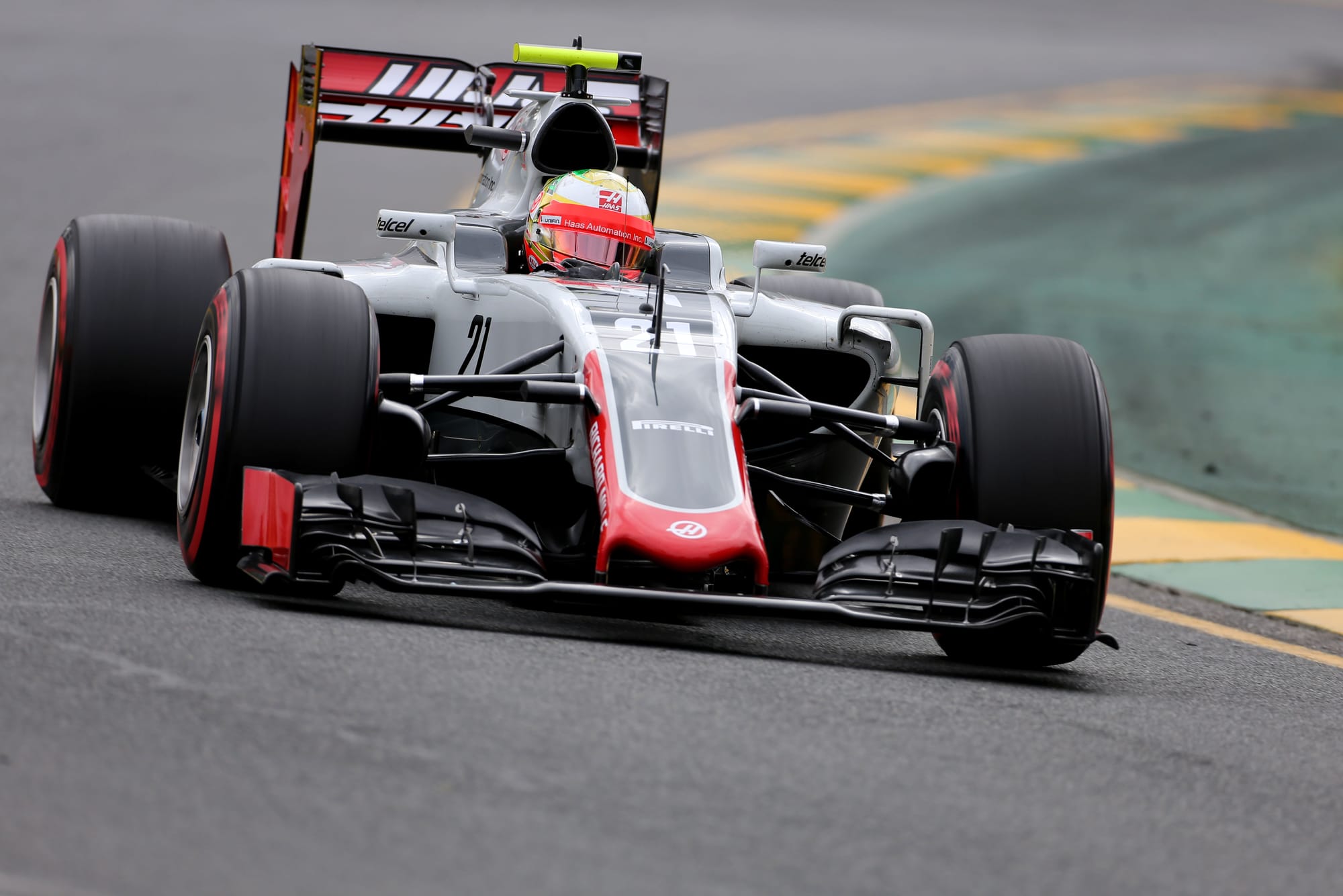
This is the first major change to Haas’s unique F1 set-up since it entered in 2016 (pictured above), although there was an adjustment in 2021 with the creation of its design hub at Ferrari’s Maranello campus.
Otherwise, until now it has fundamentally stayed the same: with a headquarters in Kannapolis in North Carolina, an operations base in Banbury in the UK, the Maranello office and the supply of as many parts from Ferrari as the rules allow, and the manufacturing work done by Italian company Dallara.
Under its Toyota partnership, Haas will still be a Ferrari customer team and buy parts from the Italian team. Komatsu has previously described that arrangement as “the foundation” of the Haas model, and earlier this year the Ferrari deal was renewed until the end of 2028.
While that means there is no Toyota engine in the offing, there are many ways TGR will assist Haas by gradually taking over in areas Ferrari and Dallara are key in: aerodynamic development, simulation work, and parts manufacturing will all be possible.
This will make Haas's development more cost efficient and time efficient by improving the human, technical and manufacturing resources at its disposal.
It will also be optimised further over time - with developments to the TGR windtunnel to tailor it more to Haas's needs possible, and chassis construction presumably switching from Dallara to TGR even if that takes a little longer to realise.
The Toyota partnership is the biggest move of the Komatsu Haas era, and it’s fitting that the announcement comes ahead of the United States Grand Prix.
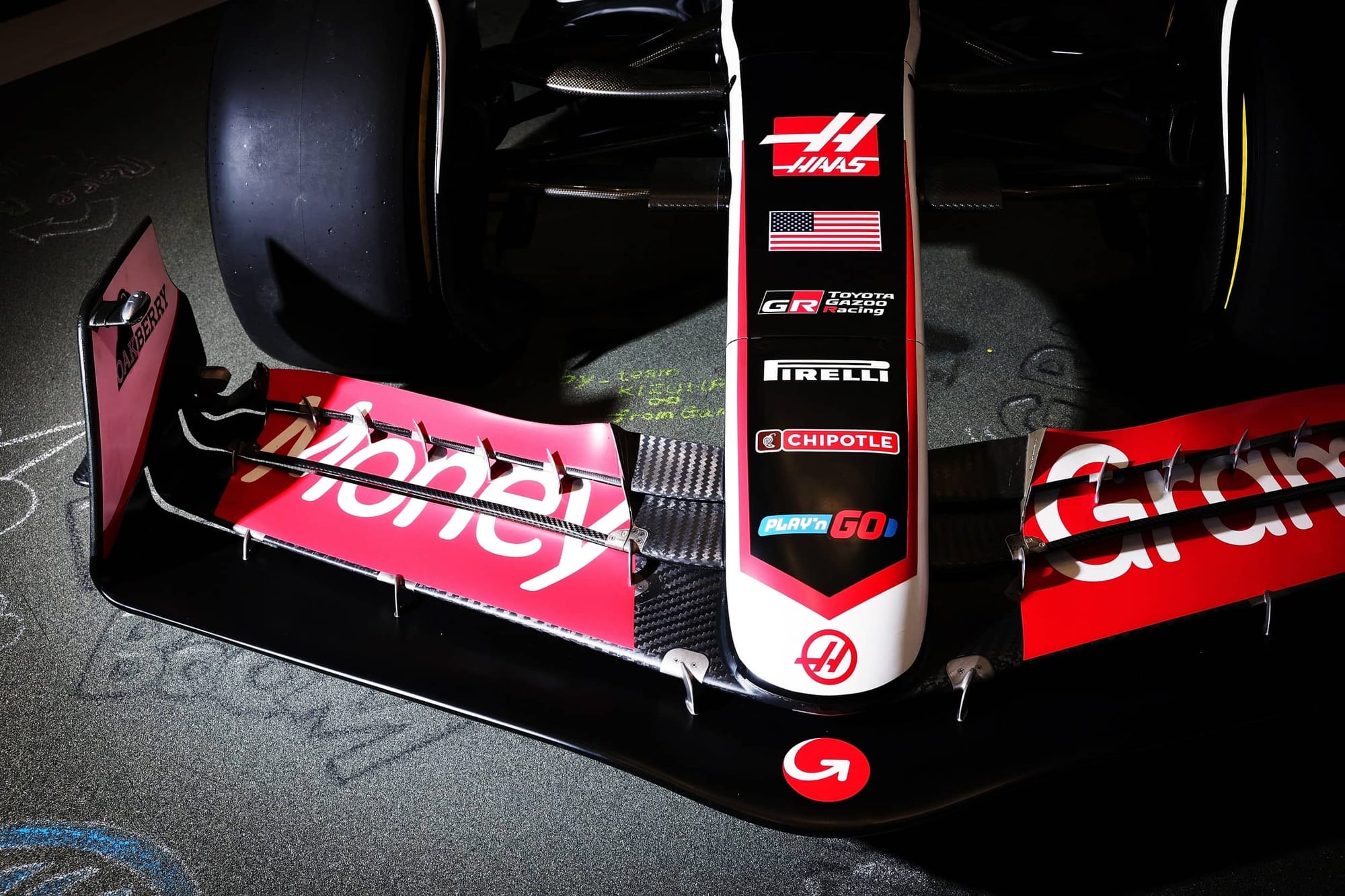
It was the 2023 Austin race where Haas introduced what was dubbed the biggest upgrade in its F1 history having drastically changed the bodywork of its car to more of a Red Bull-inspired design. And that upgrade flopped badly. This decision, driven by ex-team boss Guenther Steiner, was something Komatsu has been vocally against.
But if that was a low point for Haas and a symbol of its past development limitations, for Haas to be running with Toyota branding on its cars at the same race 12 months later as it pushes to secure its best championship finish since 2018 shows how much of a transformation it is undergoing.


